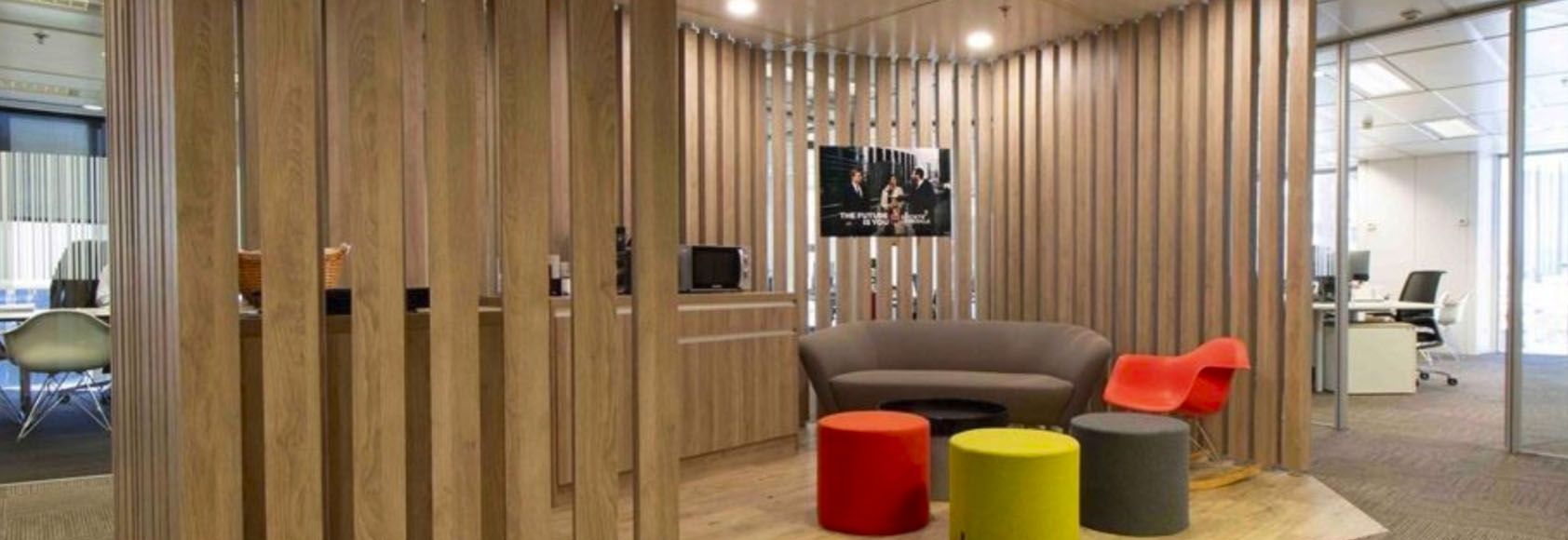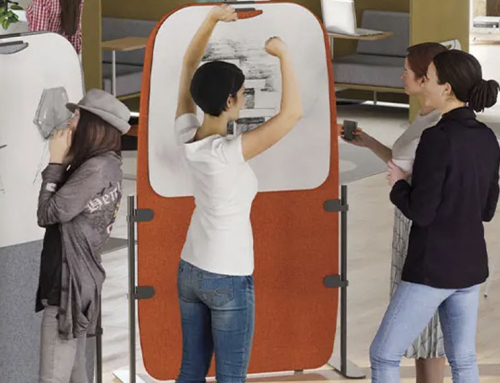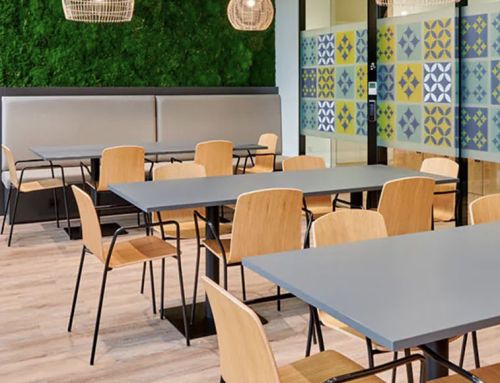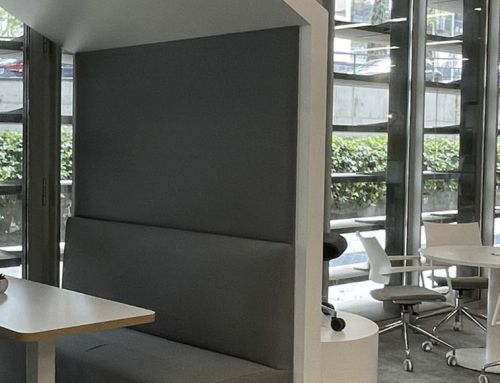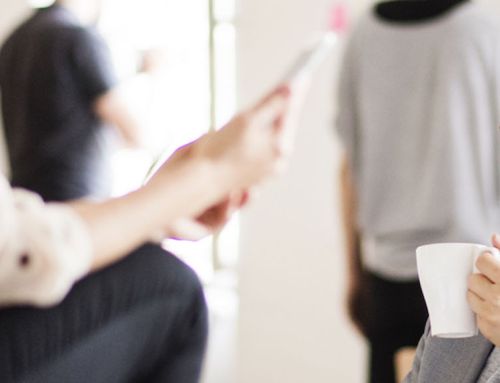More and more, companies are becoming aware of the value of the office in talent management. That is what the office architecture takes care of: creating workspaces that bring out the best in people while caring for them. Offices that facilitate your work and at the same time build your brand.
Today this type of architecture is very people oriented. But it is much more than creating pleasant workspaces in which to feel comfortable, which is no small thing. It is also knowing how to combine space, people, and technologies with the corporate cultures of each company and their ways of working. Corporate architecture is also for creating ecosystems where co-creating is easy, that is, that stimulate creativity and interaction of people.
There are many clues that tell us that an office architecture project is special. For example, when the space integrates that functionality that we are talking about with the heart of the company, its people, and it also becomes the skin of the company’s soul, its DNA and its values. That is, when an office is unique.
ORGANIZATIONAL TRANSFORMATION AND OFFICE ARCHITECTURE
The office acquires more value every day also in the transformation processes of companies. In most cases, transforming the space means changing the way you interact in the office.
The dark cubicles were left behind years ago and gave way to the most innovative offices. The big Silicon Valley tech companies were the big drivers of this change, with their innovative offices.
Today’s office architecture is increasingly committed to workspaces that seek the happiness and well-being of their employees.
Aware that each company requires a personalized space , the professionals undertake these projects from a global perspective, which involves both an analysis of the organizational structure and the ways of working and communicating between the employees inside and the architecture of the company. space, comfort, sustainability, new technologies. And, of course, the aesthetics or design.
OFFICE ARCHITECTURE STYLES
Workspaces are no longer cold and impersonal places to reflect the entire personality of the company in more human environments. Among the different styles of offices, we can cite, for example:
Industrial Style
We find it in cafes, restaurants, lofts… and also in offices. The original idea was to take advantage of old abandoned warehouses and turn them into low-cost homes and offices since they were generally located in depressed areas. But little by little this style was becoming fashionable while the neighborhoods where they were located were revalued.
It is a style that fits very well in younger generations with liberal professions. Its materials such as iron, steel, brick walls or concrete are common.
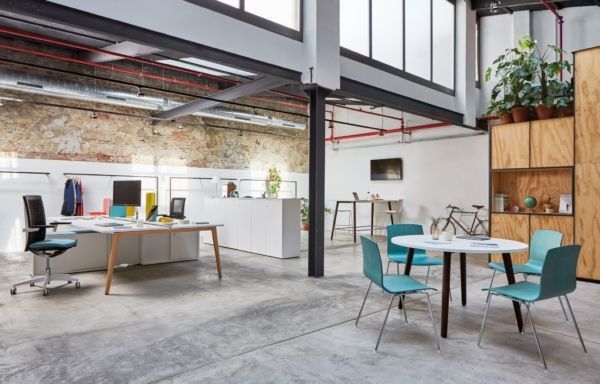
Domestic offices
The challenge of providing employees with spaces that generate well-being translates into warm and welcoming offices, which incorporate colors, textures, furniture, and many elements of the world of the home, such as rugs, lamps, or cushions.
These more welcoming environments make us feel at home, motivate teams, and help create a more pleasant work environment for everyone.
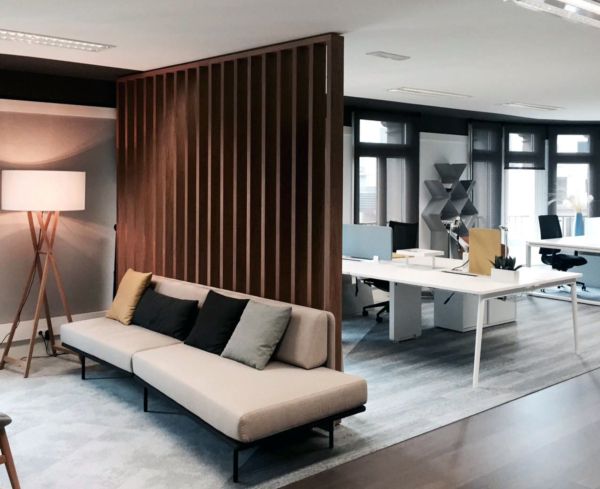
Coworking Office
Companies such as Google, Facebook, Sony, or Microsoft began this trend. The technological ones are the benchmark of how to use the space at the service of their work philosophy. In these cases, office architecture seeks to stimulate innovation and collaborative work, which are key in its day-to-day life. Relaxed and informal spaces are not lacking in these work centers.
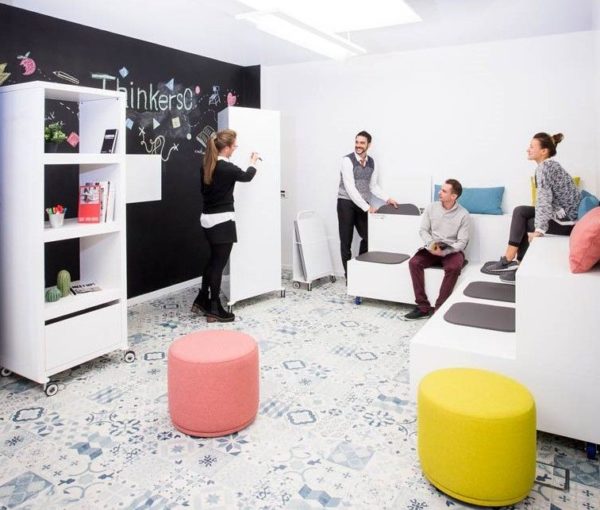
Connected with nature
The biophilia or connection to nature within the workspace is one of the fastest growing options in the architecture of current offices. It helps us relax, breathe better, and feel better in our surroundings. Natural elements in the interior such as patios, gardens or plants increasingly occupy a relevant position in companies, and not only as an aesthetic detail. The patios and gardens are functional spaces where to interact, meet and work.
When we work connected to Nature we feel good. For this reason, even the office furniture itself incorporates plants into its design.
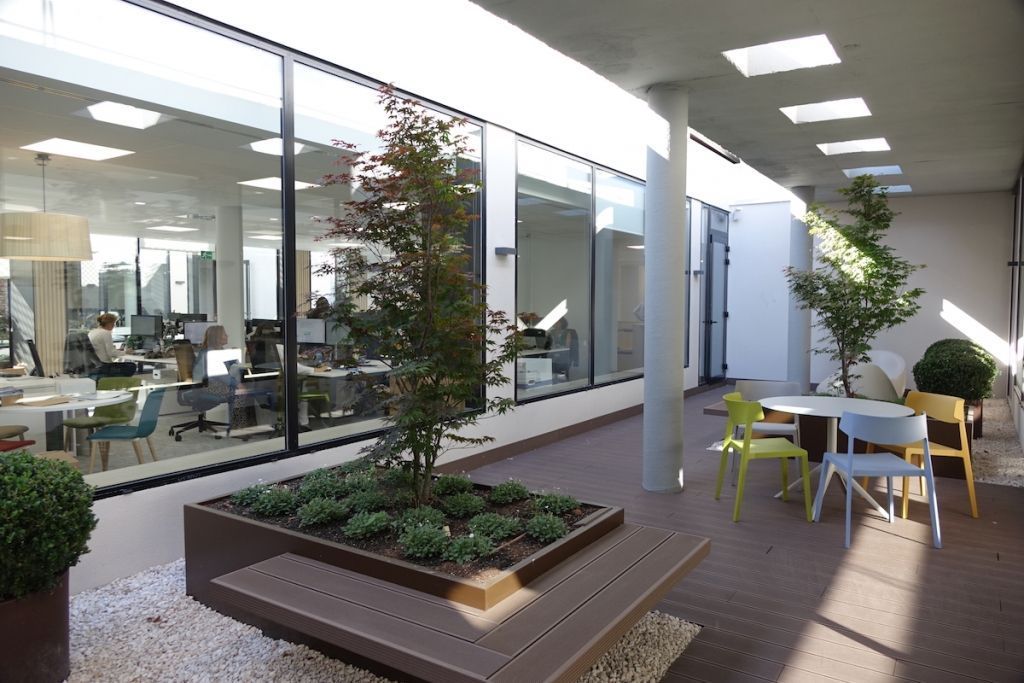
Minimalist offices
When design broke into the office world, one of the trends that spread widely was minimalism, especially in certain professional groups related to design or architecture itself. This concept flees from the superfluous and unnecessary to focus on the simple and essential. Although for many it is cold and impersonal, many brands identify with the beauty that its sobriety confers.
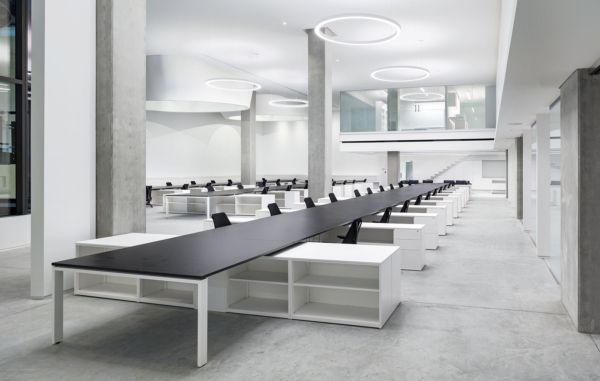
Contemporary offices
There is no shortage of contemporary and ergonomic furniture, light woods, wall art and innovative textures. With a very careful aesthetic and a multitude of details that give the office a unique personality.
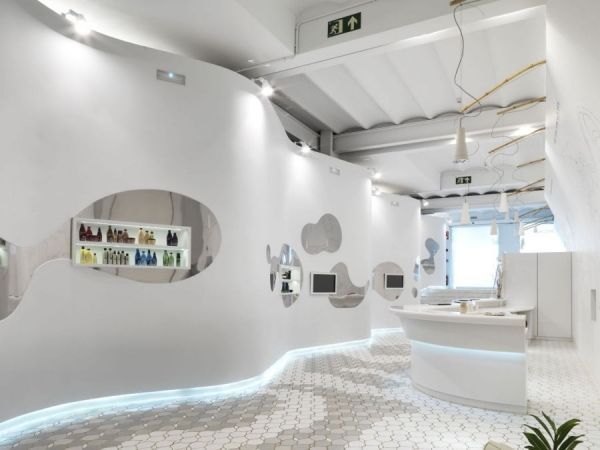
Vintage style
With antique-looking furniture and textures, second-hand objects…. This is an increasingly widespread trend also in the hospitality and retail sectors.
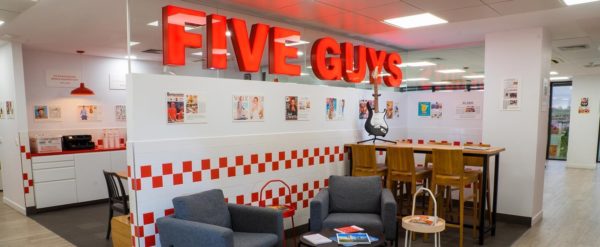
You can see some office architecture projects on our website.
